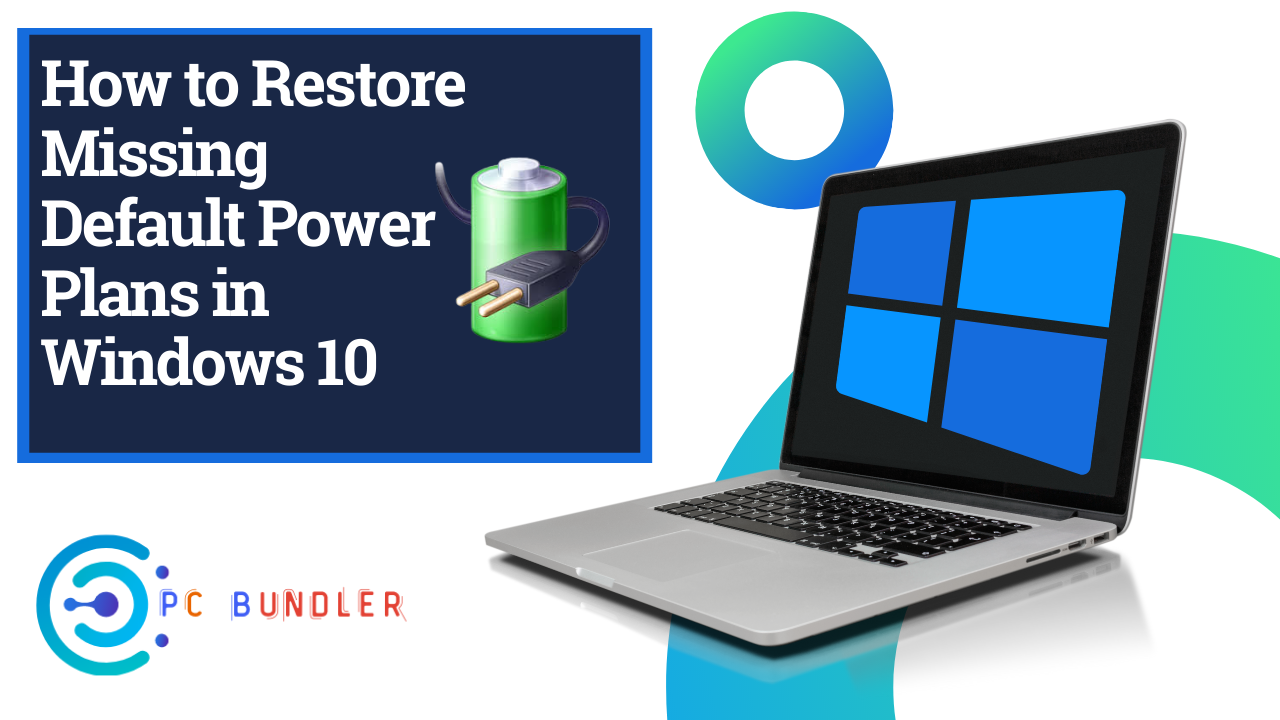Restore Missing Default Power Plans in Windows 10 Overview: A Power Plan is a collection of hardware and system settings that manages how your computer uses power. Power plans can help you save energy, maximize system performance, or achieve a balance between the two. In this post, we will show you how to restore the Power Saver, Balanced, High Performance, or Ultimate Performance default power plan if missing in Windows 10.
Windows 10 Includes the following Default Power Plans
- Power saver – Saves power by reducing PC performance and screen brightness. If you’re using a laptop, this plan can help you get the most from a single battery charge.
- Balanced – Offers full performance when you need it and saves power when you don’t. This is the best power plan for most people.
- High performance – Maximizes screen brightness and might increase PC performance. This plan uses more power, so your laptop battery won’t last as long.
- Ultimate Performance – Only available by default in the Windows 10 Pro for Workstations edition. It provides ultimate performance on higher-end PCs.
Please note that changes made to a power plan will affect all users that have chosen the same power plan as their default active power scheme. All users (standard and administrator) will be able to make changes to any power plan settings.
Restore missing Default Power Plans in Windows 10
Press Windows key + R. In the Run dialog box type cmd hit Enter to invoke the command prompt.
Now copy and paste the command below corresponding to the missing power plan you want to restore into the command prompt and hit Enter.
Power saver–
powercfg -duplicatescheme a1841308-3541-4fab-bc81-f71556f20b4a
Balanced–
powercfg -duplicatescheme 381b4222-f694-41f0-9685-ff5bb260df2e
High Performance–
powercfg -duplicatescheme 8c5e7fda-e8bf-4a96-9a85-a6e23a8c635c
Ultimate Performance–
powercfg -duplicatescheme e9a42b02-d5df-448d-aa00-03f14749eb61
You can now exit the command prompt and restart your PC.
That’s it, folks. Happy computing from TWC!

